Arduino Boards Comparison
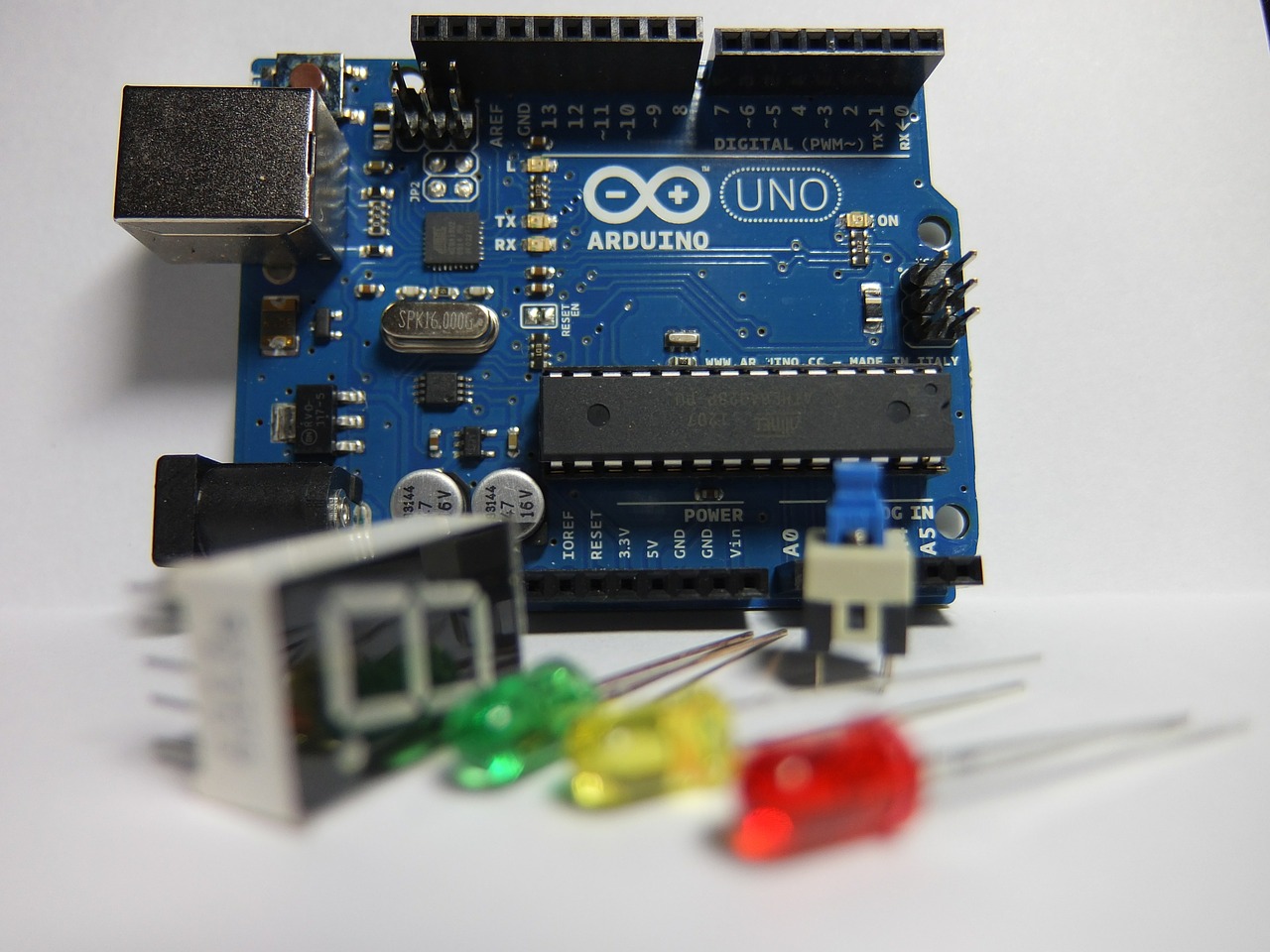
In this article, we will compare different types of Arduino boards and explain which one is best for you.
In addition, articles on other sites often include Arduino boards that are discontinued or difficult to obtain, but in this article we will focus on 6 types that are popular and easy to obtain.
Entry Level
| Tech Specs | Arduino Uno | Arduino Leonardo | Arduino Micro | Arduino Nano | Arduino Nano Every |
|---|---|---|---|---|---|
| Board Size | 74.9×53.3mm | 74.9×53.3mm | 48.2×17.8mm | 43.2×17.8mm | 43.2×17.8mm |
| Microcontroller/ Clock Speed | ATmega328P/ 16MHz | ATmega32U4/ 16MHz | ATmega32U4/ 16MHz | ATmega328P/ 16MHz | ATMega4809/ 20MHz |
| SRAM (Main Memory) | 2kB | 2.5kB | 2.5kB | 2kB | 6kB |
| Flash Memory | 32kB | 32kB | 32kB | 32kB | 48kB |
| EEPROM | 1kB | 1kB | 1kB | 1kB | 256byte |
| Operating Voltage | +5V | +5V | +5V | +5V | +5V |
| Input Voltage (recommended) | +7~+12V | +7~+12V | +7~+12V | +7~+12V | +7~+12V |
| Output Voltage | +5V, +3.3V | +5V, +3.3V | +5V, +3.3V | +5V, +3.3V | +5V, +3.3V |
| Digital I/O Pins | 20 | 20 | 24 | 20 | 20 |
| PWM Digital I/O Pins | 6 | 7 | 7 | 6 | 5 |
| Analog Input Pins | 6 | 12 | 12 | 8 | 8 |
| Analog Output Pins (DAC) | - | - | - | - | - |
| Rated Current per Pin | 40mA/Pin | 40mA/Pin | 40mA/Pin | 40mA/Pin | 20mA/Pin |
| Program Writing Pins | USB Type-B ICSP | Micro USB Type-B ICSP | Micro USB Type-B ICSP | Mini USB Type-B ICSP | Micro USB Type-B |
| Interface | UART I2C SPI | UART I2C SPI | UART I2C SPI | UART I2C SPI | UART I2C SPI |
"Entry Level" is an Arduino board that is ideal for beginners of electronic work and micontrollers. There are various lineups such as "Arduino Uno" that we would like you to use for the first time, "Arduino Micro" and "Arduino Nano" that can be used even in a small space.
Arduino Uno
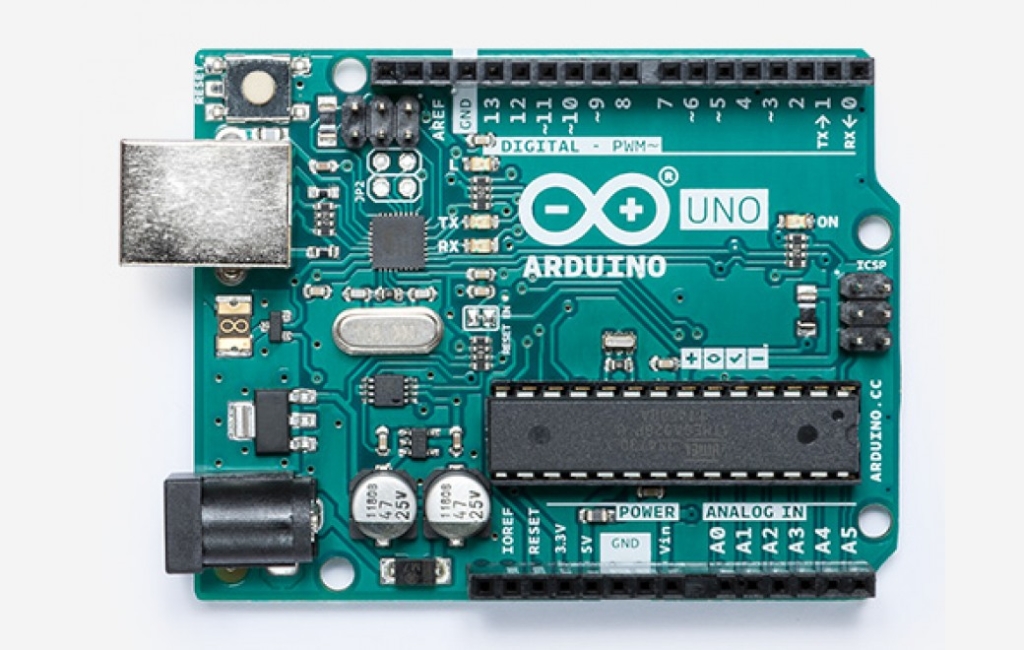
For Arduino beginners, the most recommended Entry Level is "ARDUINO UNO REV3 (Arduino Uno)".
Arduino Uno is the most representative and basic edition, so it's available in large quantities and easily available.
Also, since it focuses on simple functions, I think it is easy for beginners to use.
The following articles explain the specifications and functions of Arduino Uno in more detail. Please refer to it.
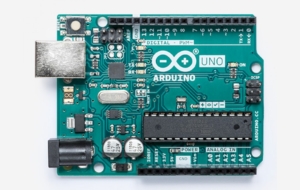
Arduino Leonardo
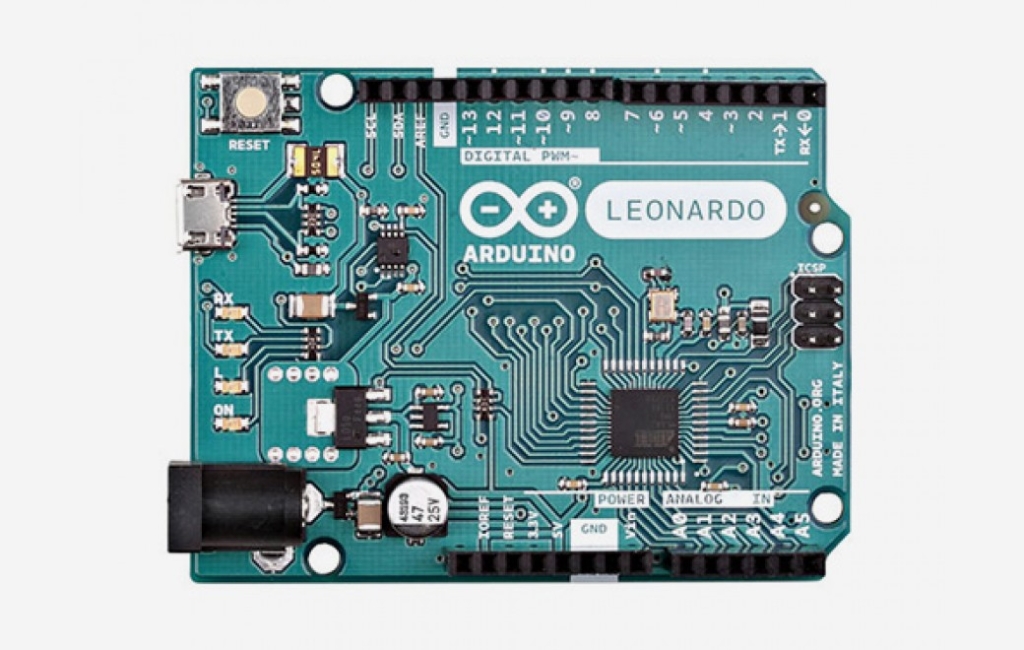
"Arduino Leonardo" is a type that changed the microcontroller in Arduino Uno from "ATmega328P" to "ATmega32U4", and there is no chip to convert USB-serial.
In addition, compared to Arduino Uno, there are more digital input/output pins and analog input pins, and the USB has been changed to Micro-B. Other than that, it has almost the same specifications and functions as the Arduino Uno.
The edition that do not have "pin sockets, ICSP pin headers, DC jack" is also available.
The following articles explain the specifications and functions of Arduino Leonardo in more detail. Please refer to it.
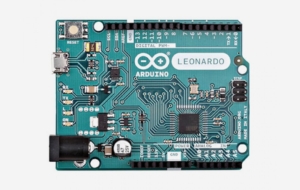
Arduino Micro
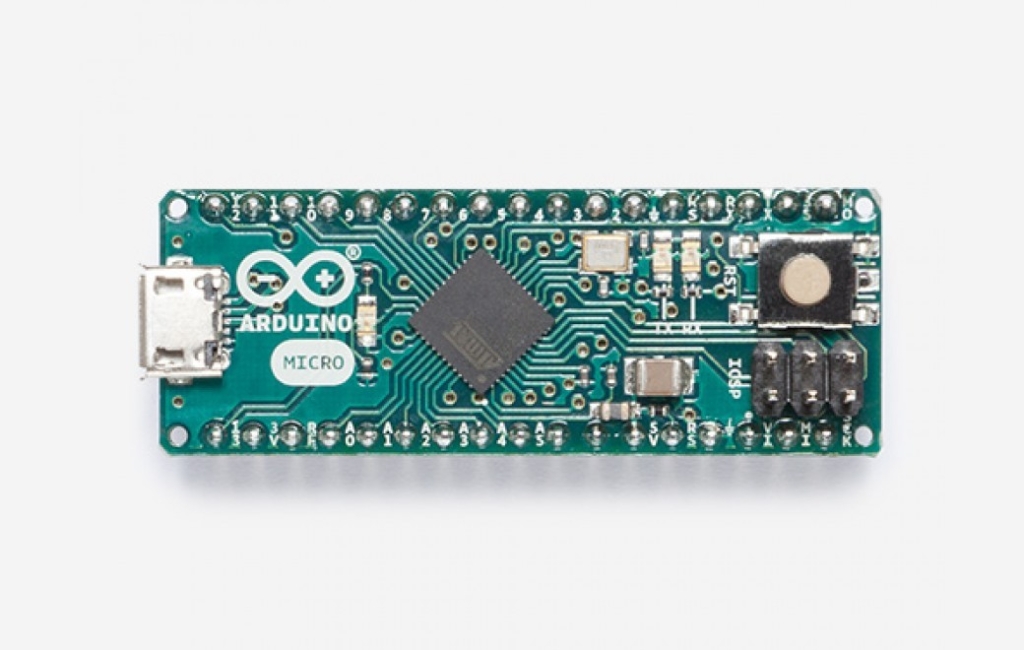
The "Arduino Micro" is smaller than the Arduino Uno and has a pin header, so you can just plug it into your breadboard and use it.
(The edition without pin headers is also available.)
The terminal can be switched from "digital input/output to analog input" and "analog input to digital input/output".
Therefore, you can use up to 24 digital inputs/outputs and 12 analog inputs.
The following articles explain the specifications and functions of Arduino Micro in more detail. Please refer to it.
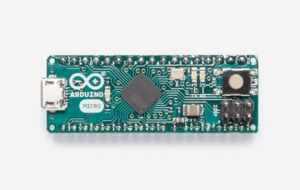
Arduino Nano
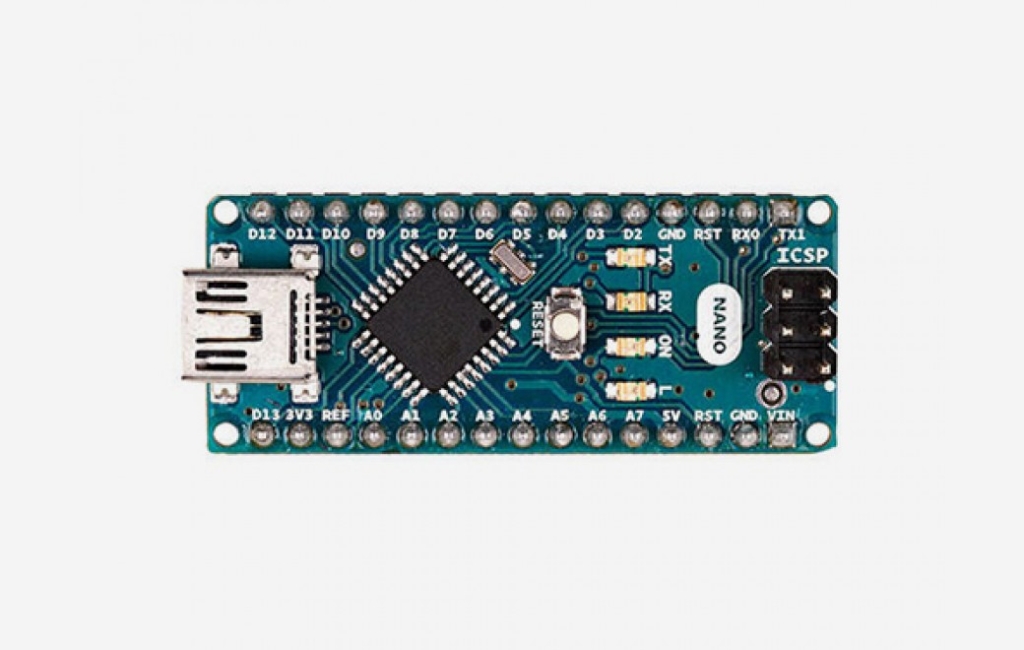
"Arduino Nano" is a smaller edition than Arduino Micro and has pin headers, so like the Arduino Micro, you can just plug it into your breadboard and use it.
In addition, it is functionally the same as the Arduino Uno, with eight analog inputs, two more than the Arduino Uno.
However, the terminals for digital input/output and analog input cannot be switched like the Arduino Micro. And please note that the USB port is "Mini USB Type-B", which is becoming less popular.
The following articles explain the specifications and functions of Arduino Nano in more detail. Please refer to it.
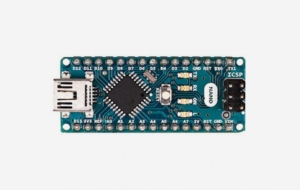
Arduino Nano Every
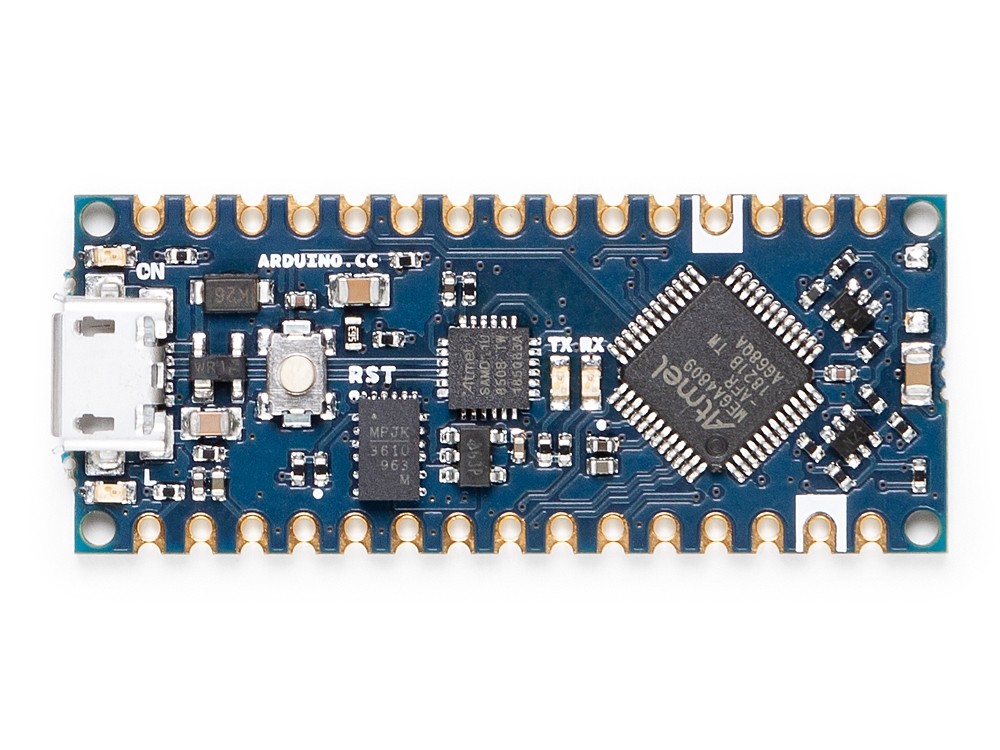
The "Arduino Nano Every" is a high-performance, low-cost edition with the same shape and footprint as the previous product "Arduino Nano".
Compared to the Arduino Nano, the microcontroller operating frequency, SRAM and Flash memory capacity have been increased, and the USB port has been changed to the commonly used "Mini USB Type-B".
On the other hand, the EEPROM capacity has been reduced, and the number of PWM outputs has been reduced to five.
The ICSP pin has also been removed, although it is rarely used.
The following article describes the specifications and features of the Arduino Nano Every in more detail. Please refer to it.
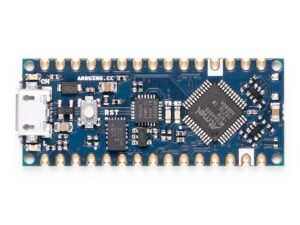
Enhanced Features
| Tech Specs | Arduino Mega 2560 | Arduino Due |
|---|---|---|
| Board Size | 101.52×53.3mm | 101.6×53.3mm |
| Microcontroller/ Clock Speed | ATmega2560/ 16MHz | AT91SAM3X8E/ 84MHz |
| SRAM (Main Memory) | 8kB | 96kB |
| Flash Memory | 256kB | 512kB |
| EEPROM | 4kB | - |
| Operating Voltage | +5V | +3.3V |
| Input Voltage (recommended) | +7~+12V | +7~+12V |
| Output Voltage | +5V, +3.3V | +5V, +3.3V |
| Digital I/O Pins | 54 | 54 |
| PWM Digital I/O Pins | 15 | 12 |
| Analog Input Pins | 16 | 12 |
| Analog Output Pins (DAC) | - | 2 |
| Rated Current per Pin | 20mA/Pin | 130mA/All Pins |
| Program Writing Pins | USB Type-B ICSP | Micro USB Type-B Micro USB Type-AB ICSP |
| Interface | UART I2C SPI | UART I2C SPI CAN USB |
"Enhanced Features" is an Arduino board with further enhancements from "Entry Level".
The clock speed of the microcontroller is fast, and the memory and I/O are enhanced.
Therefore, it is ideal when you want to connect many sensors and motors to the Arduino board.
Arduino Mega 2560
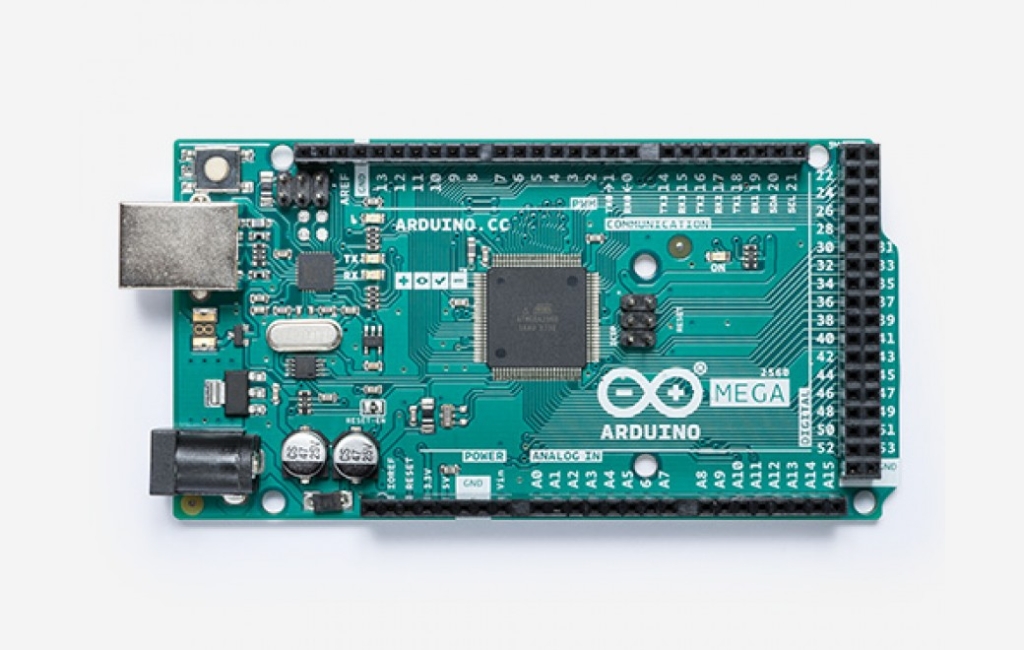
"Arduino Mega 2560" is an edition with increased memory and I/O of Arduino Uno. This is recommended if you want to use many I/O terminals.
The following articles explain the specifications and functions of Arduino Mega 2560 in more detail. Please refer to it.
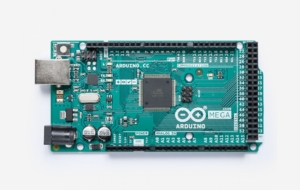
Arduino Due
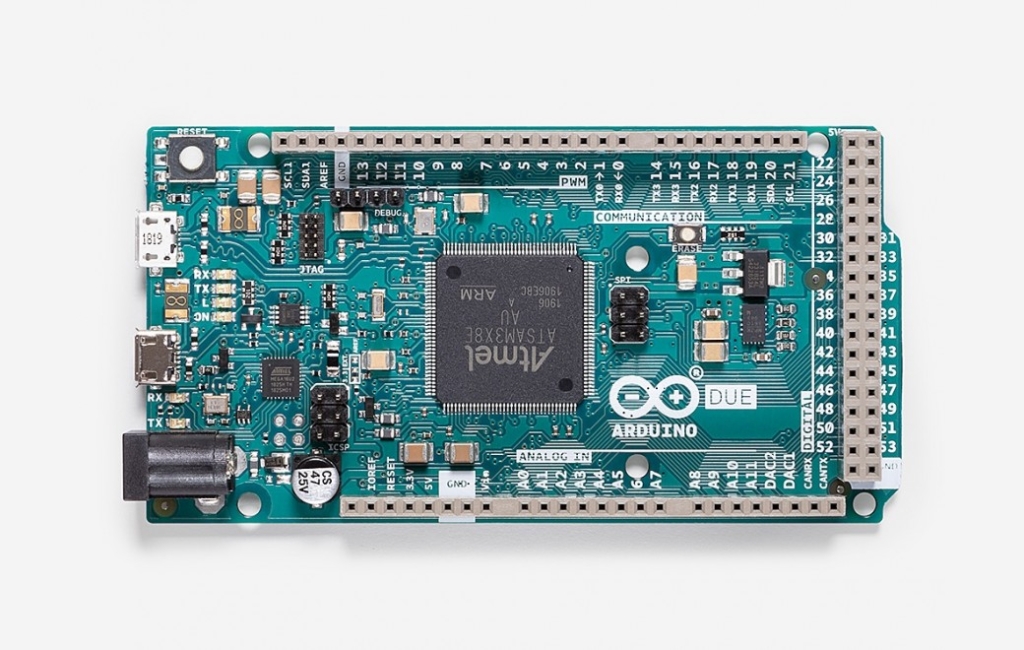
"Arduino Due" is equipped with a 32-bit ARM core in the microcontroller. Since the clock speed is 84MHz, high-speed processing is possible compared to Arduino Mega 2560.
However, unlike other Arduino boards, the operating voltage is + 3.3V, so if you mistakenly apply + 5V to the input terminal, it may break.
The following articles explain the specifications and functions of Arduino Due in more detail. Please refer to it.
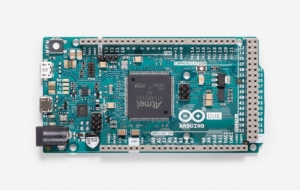
Recommended Arduino board?
We have summarized the recommendations for each application of the Arduino board in this article.
- For Electronic work/Microcontroller beginner: Arduino Uno
- For Small space: Arduino Micro or Arduino Nano
- For Lots of I/O: Arduino Mega 2560
If you've never used an Arduino board yet, we recommend the most basic edition of the Arduino Uno.